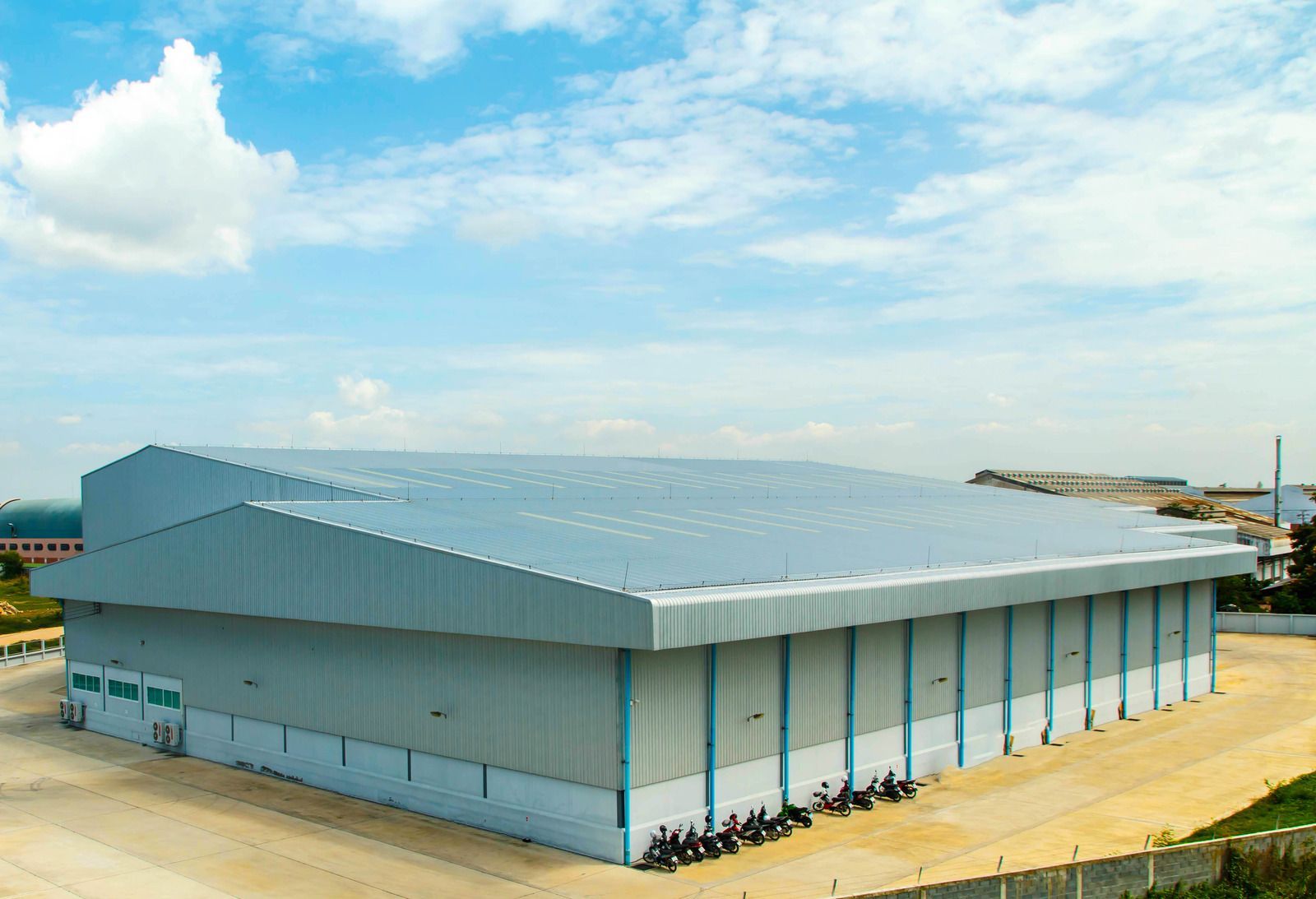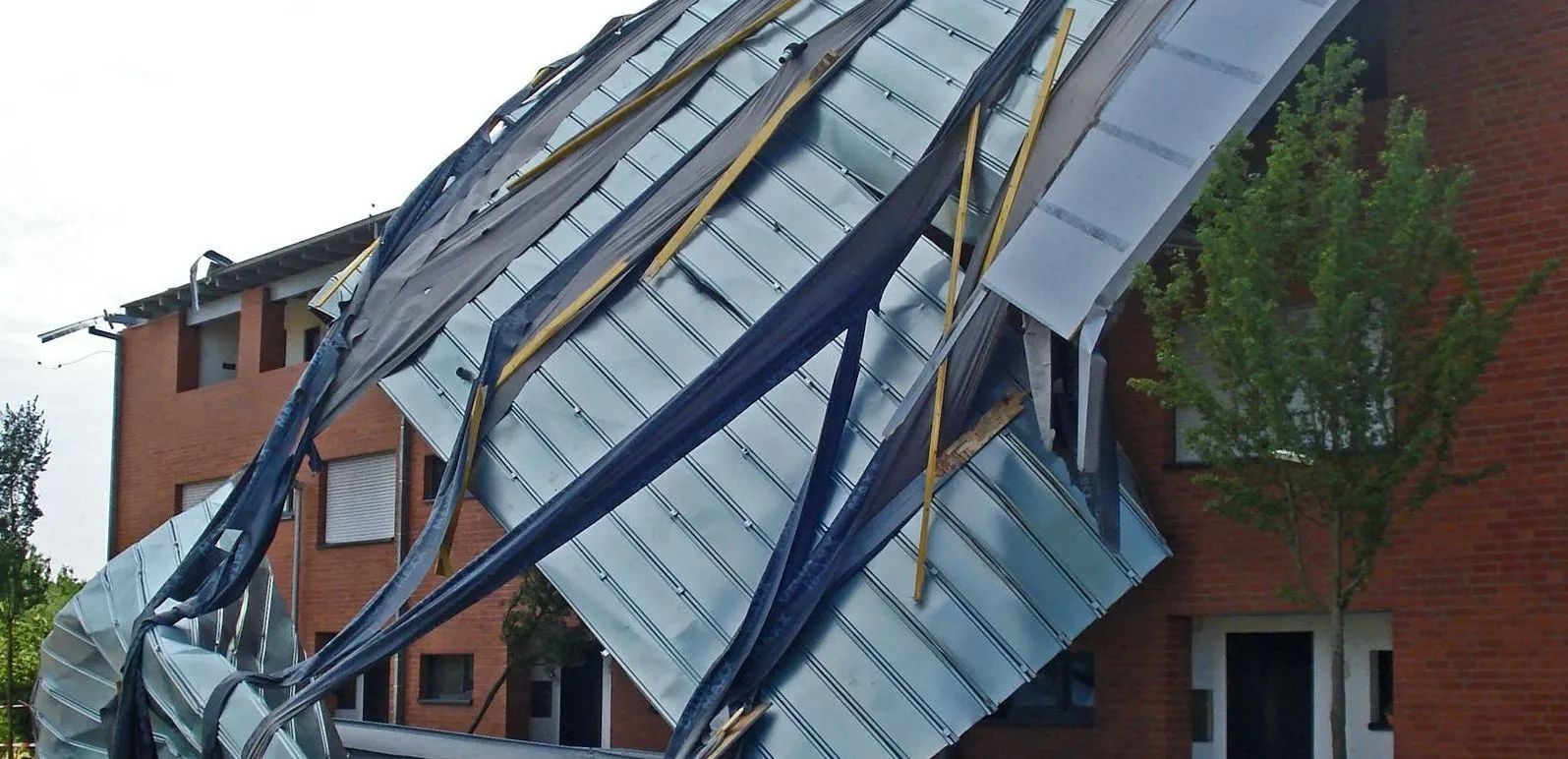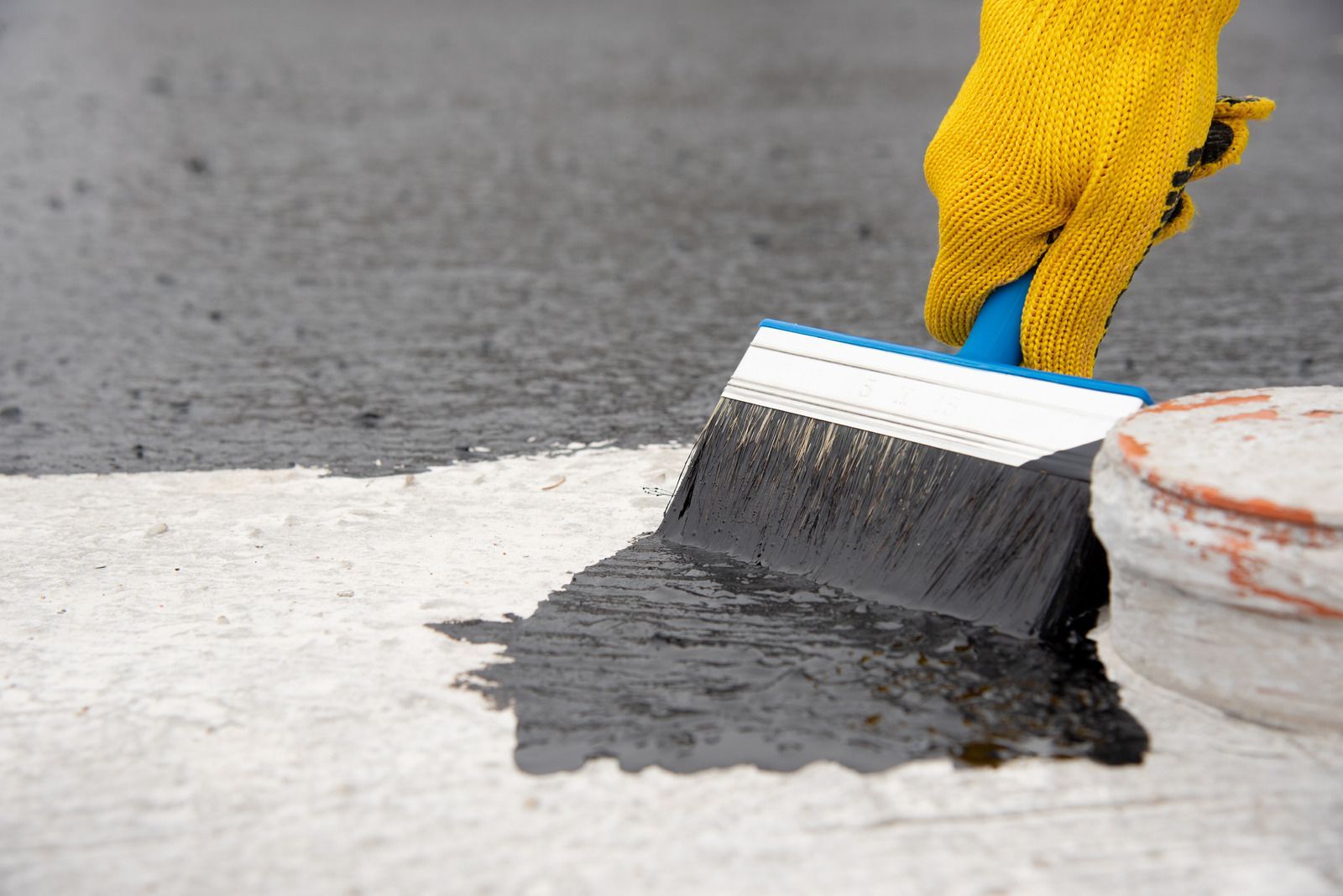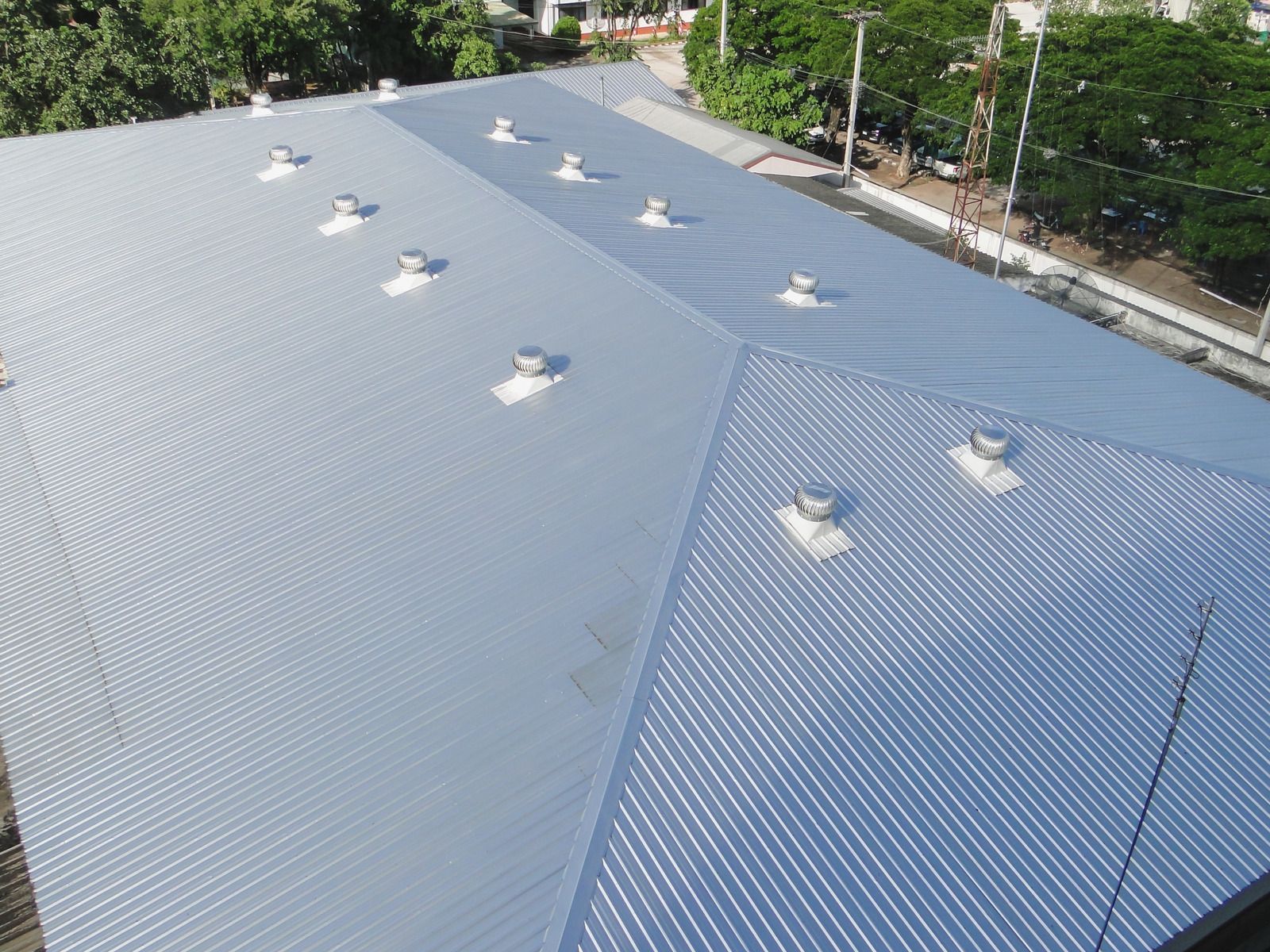What Is The Best Type Of Roofing Installation For Your Area - The Ultimate Guide
Choosing the most suitable type of roofing for a particular area requires thoughtful attention to multiple important factors such as climate, durability, energy efficiency, and local building styles, all of which influence how well a roof performs over time. While many homeowners often prioritize appearance and cost, focusing on performance in real-world conditions helps ensure lasting protection and value for any property.
With so many materials available today, the best roofing installation depends largely on regional weather patterns and environmental conditions that affect daily wear and long-term function.
Asphalt Shingles for Balanced Climate Conditions
Asphalt shingles continue to remain a widely chosen roofing option for homes situated in areas with moderate temperatures and varying seasonal changes, primarily due to their affordability, ease of replacement, and broad availability. Homeowners who live in regions where summers do not reach extreme highs and winters stay relatively mild often prefer asphalt for its reliable, no-fuss performance and simple repair process.
These shingles resist wind, handle occasional rain well, and provide decent insulation without requiring special preparation or installation methods. Asphalt roofs also offer a good balance between price and practicality, making them a go-to choice in suburban communities.
Metal Roofs in High-Heat, Snow, or Storm-Prone Areas
In locations where high temperatures dominate summer months or heavy snowfall occurs during the winter season, metal roofing proves to be a practical, strong, and long-lasting solution for residential and commercial buildings alike. Since metal reflects solar rays more effectively than most other materials, it helps homes remain cooler during hot afternoons, leading to reduced energy costs for indoor cooling.
These roofs also withstand strong winds and heavy precipitation, making them ideal for coastal zones and regions prone to seasonal storms. The sleek profile of metal panels also allows snow to slide off quickly, reducing stress on the overall structure of the house.
Clay Tiles for Warm and Dry Environments
Clay tile roofing systems suit homes in warm and arid environments where temperatures often soar and rainfall remains limited. Their natural insulation properties help block out external heat while allowing air movement underneath the tiles. These tiles, commonly seen in southwestern and Mediterranean-style architecture, provide a distinctive look while offering high resistance to sun exposure, mold, and insect damage.
While installation requires a sturdy foundation due to the material’s weight, homes built with clay tiles generally enjoy lower indoor temperatures and reduced maintenance concerns over the long term. However, colder zones may not suit this option because clay can crack under freezing conditions.
Slate Roofing for Cold, Snowy, or Mountain Regions
Homes located in mountainous regions or colder climates with frequent snow accumulation often benefit from slate roofing, which performs exceptionally well under freezing temperatures and extended exposure to moisture.
Slate, a natural stone material, provides a solid barrier against rain, hail, and ice, all while offering unmatched longevity and timeless visual appeal. While the upfront investment may appear high, the lifespan of slate typically exceeds several decades, justifying the expense through minimal repairs and sustained performance.
Contact Roofing Specialists Today
For anyone planning a
roofing installation in or around Georgetown, Texas, Texas Elite Metal Roofing
offers services designed to match the specific climate and construction needs of the region. With expert guidance and strong attention to material suitability, we help homeowners choose the best roof type for lasting protection and comfort.








